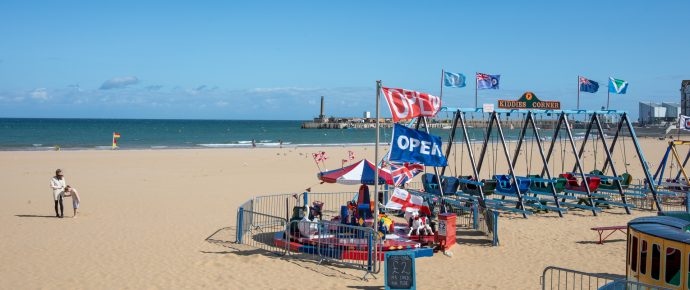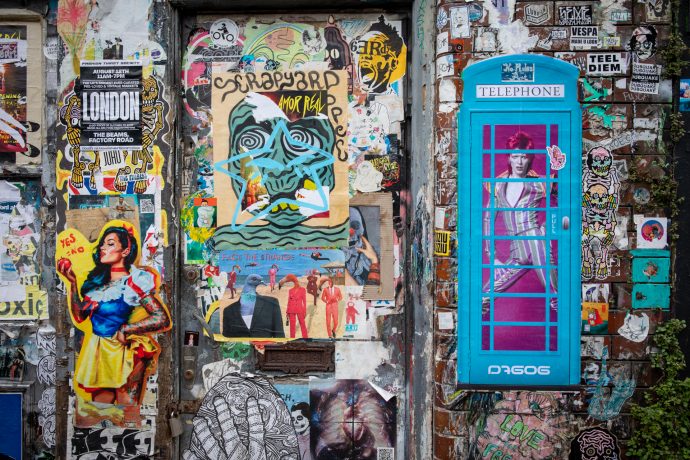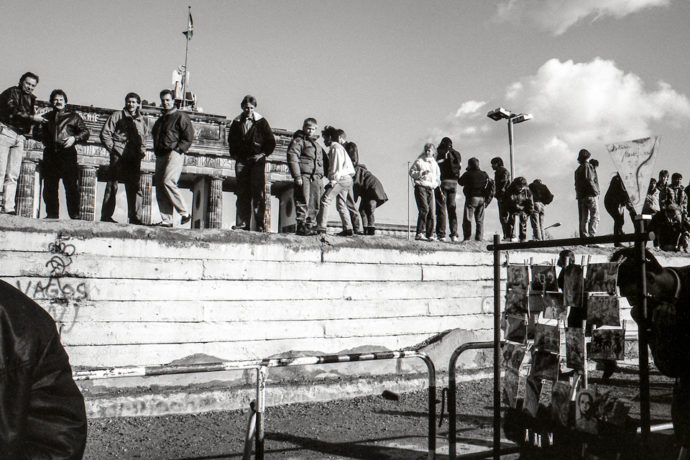Margate: In Passing
Observations from the Kent Coast
Vernacular photography has long been concerned with the unremarkable. Not in a dismissive sense, but in its deep attention to the textures of ordinary life, it reorients our gaze toward what typically escapes notice. This small body of images was taken along the seafront of Margate, a coastal town in the UK with a long-standing connection to visual culture. From the Romantic seascapes of J.M.W. Turner to the contemporary presence of the Turner Contemporary gallery, Margate has been a site where art and landscape intersect.
In these photographs, the focus is not on spectacle or aesthetic perfection. Instead, they highlight subtle human gestures, community rituals, and the atmospheric conditions that shape behaviour in public space—continuing a quiet tradition of seeing the everyday as worthy of attention.
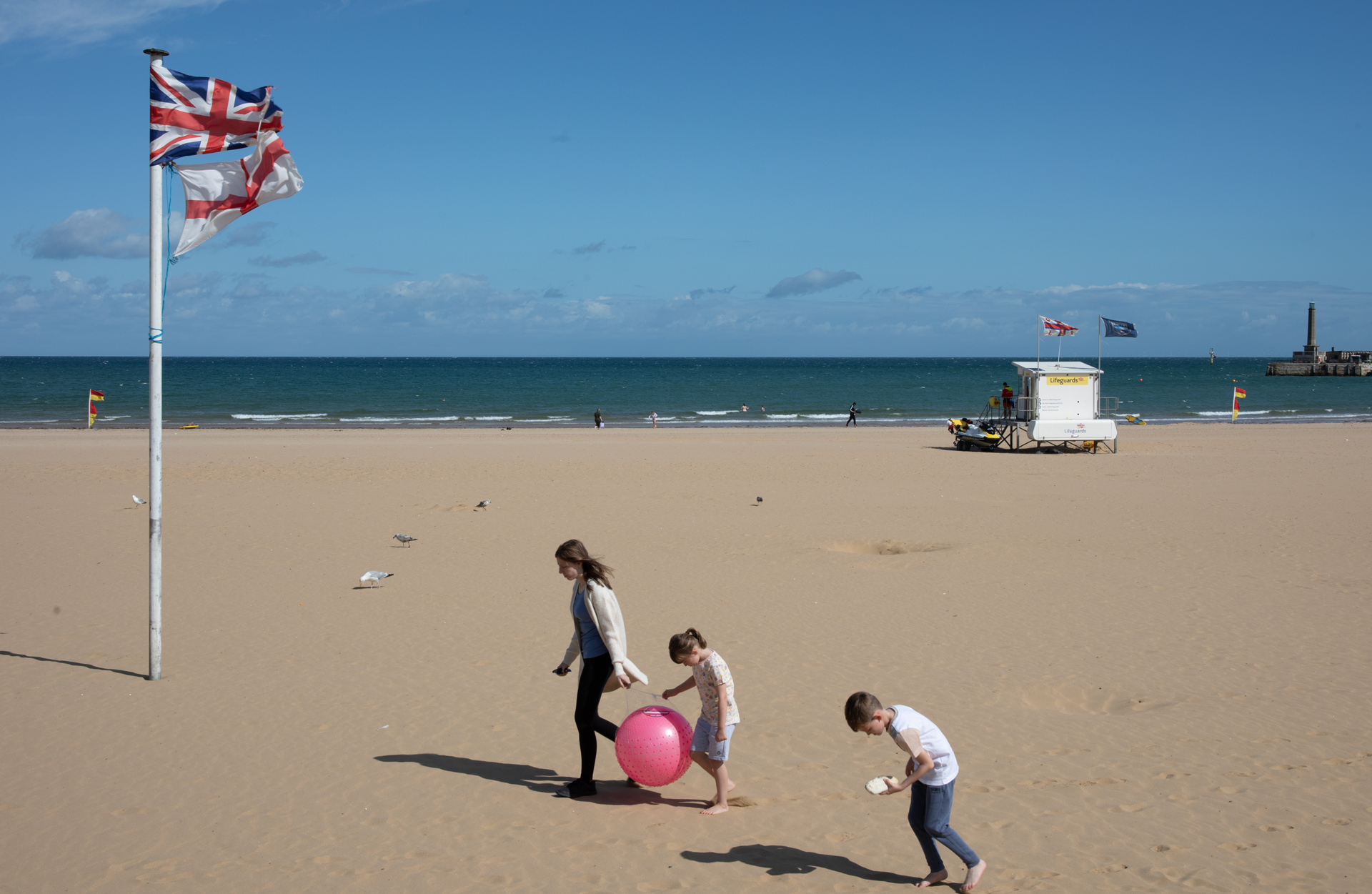
The seafront as a social stage
The coastal edge offers a particularly rich site for observational photography. Beaches, promenades, and piers act as informal stages where both locals and visitors engage in improvised performances of leisure, care, and sometimes struggle.
These environments are shaped by both natural elements—such as wind, tide, and light—and cultural patterns that repeat with variation. Games, strolls, early-morning routines, or moments of weather-induced chaos all coexist along the shoreline.
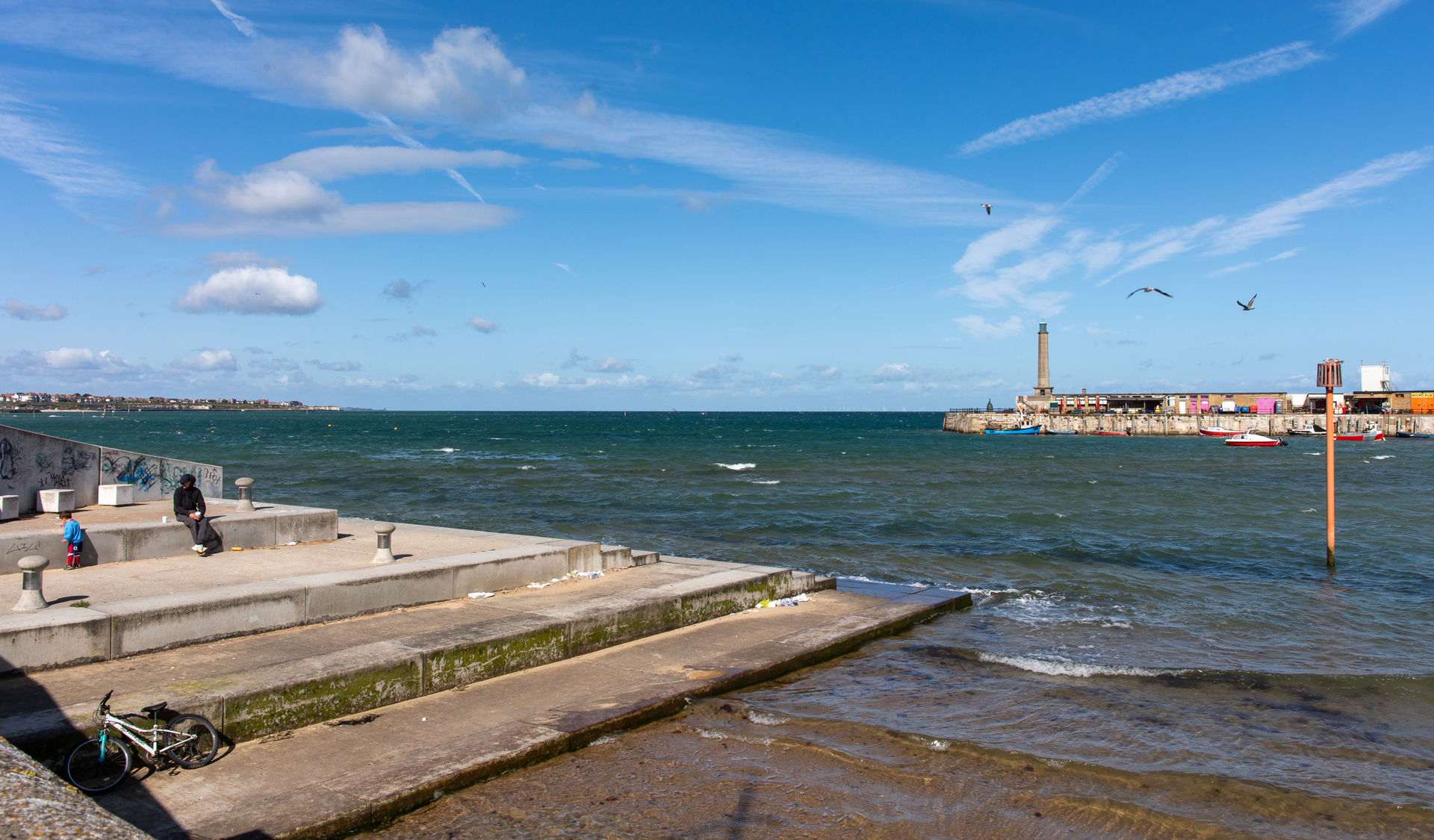
Vernacular photography and the everyday
Street photography, when filtered through the lens of the vernacular, avoids mythologising its subjects. It is less interested in grand narratives or decisive moments in the Cartier-Bresson sense. Instead, it aligns more with what theorist Martha Rosler described as “the daily, the habitual, the lived.”
In this way, the photographs offer no dramatic resolution. Rather, they offer a quiet invitation to notice: a gesture held mid-motion, a family resisting the wind, or a figure absorbed in the surrounding landscape. These are moments of suspended ordinariness—compelling precisely because they are not staged or performed.
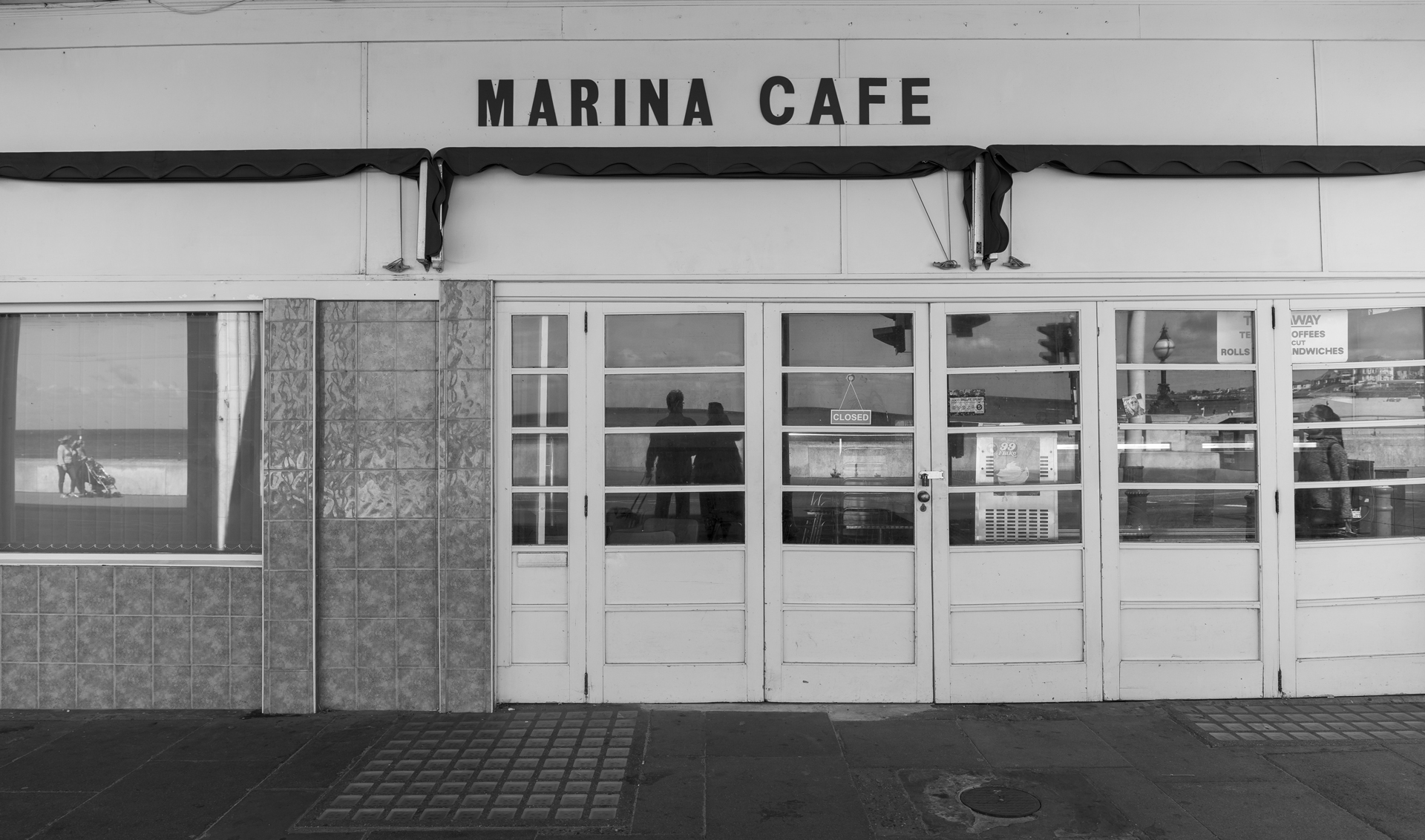
Between art and anthropology
The seafront, like many public spaces, is a microcosm of broader social life. It is a place of transient choreography, where people move in and out of each other’s frames without awareness.
Photographs made in these contexts are not intended as documentary in a strict sense. Nor are they self-consciously composed artworks. Instead, they sit somewhere in between—a form of visual ethnography that observes without intervening.
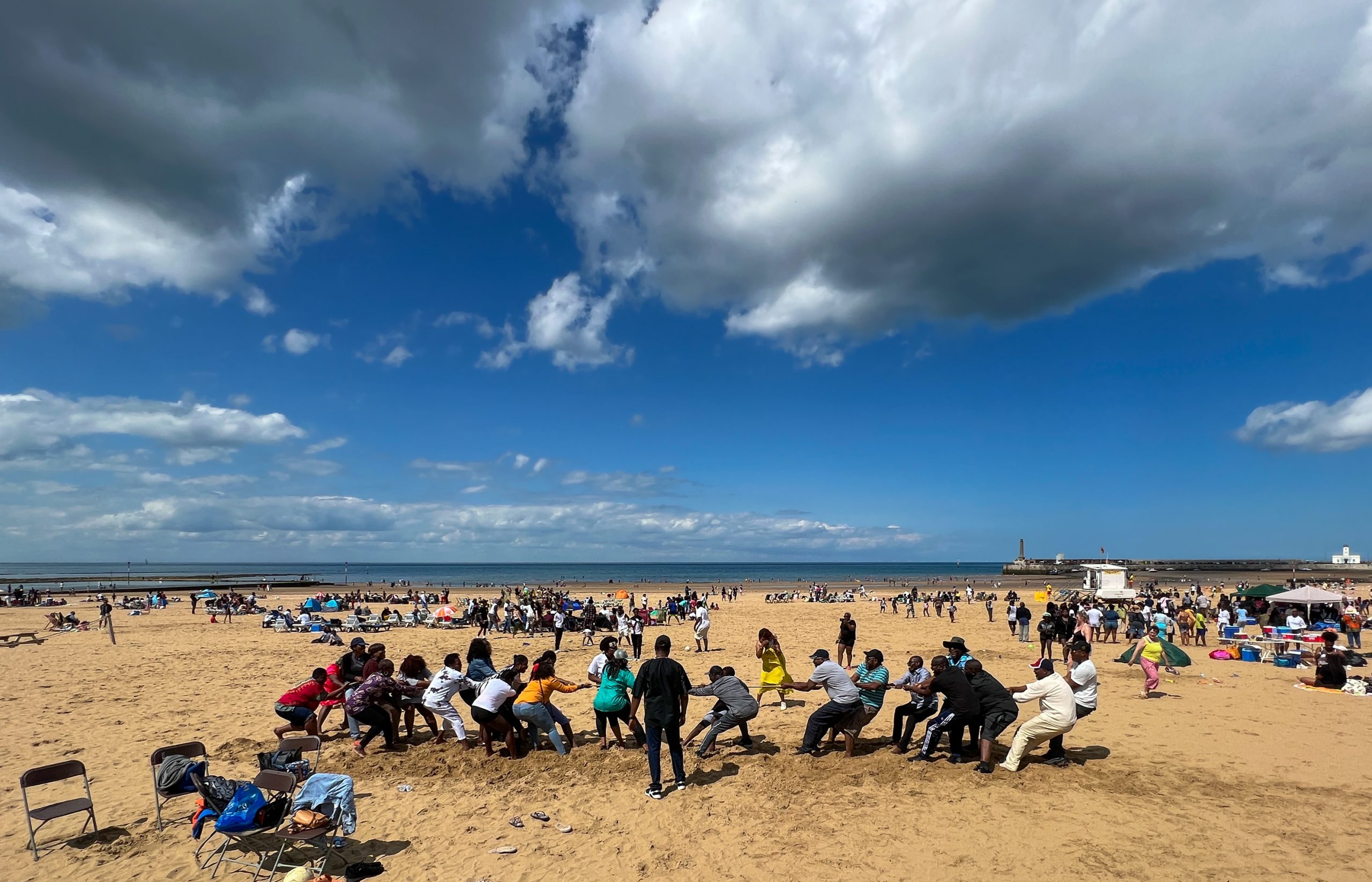
A fragmentary archive of the everyday
Vernacular photography, particularly when practiced in transitional public environments, creates a fragmentary but telling archive. It resists the impulse to dramatise or perfect, instead capturing the understated beauty of passing moments.
These images are not final statements. They are open-ended records of the ordinary, offered in the hope that others might recognise something familiar in them. Not staged. Not conclusive. Just seen.
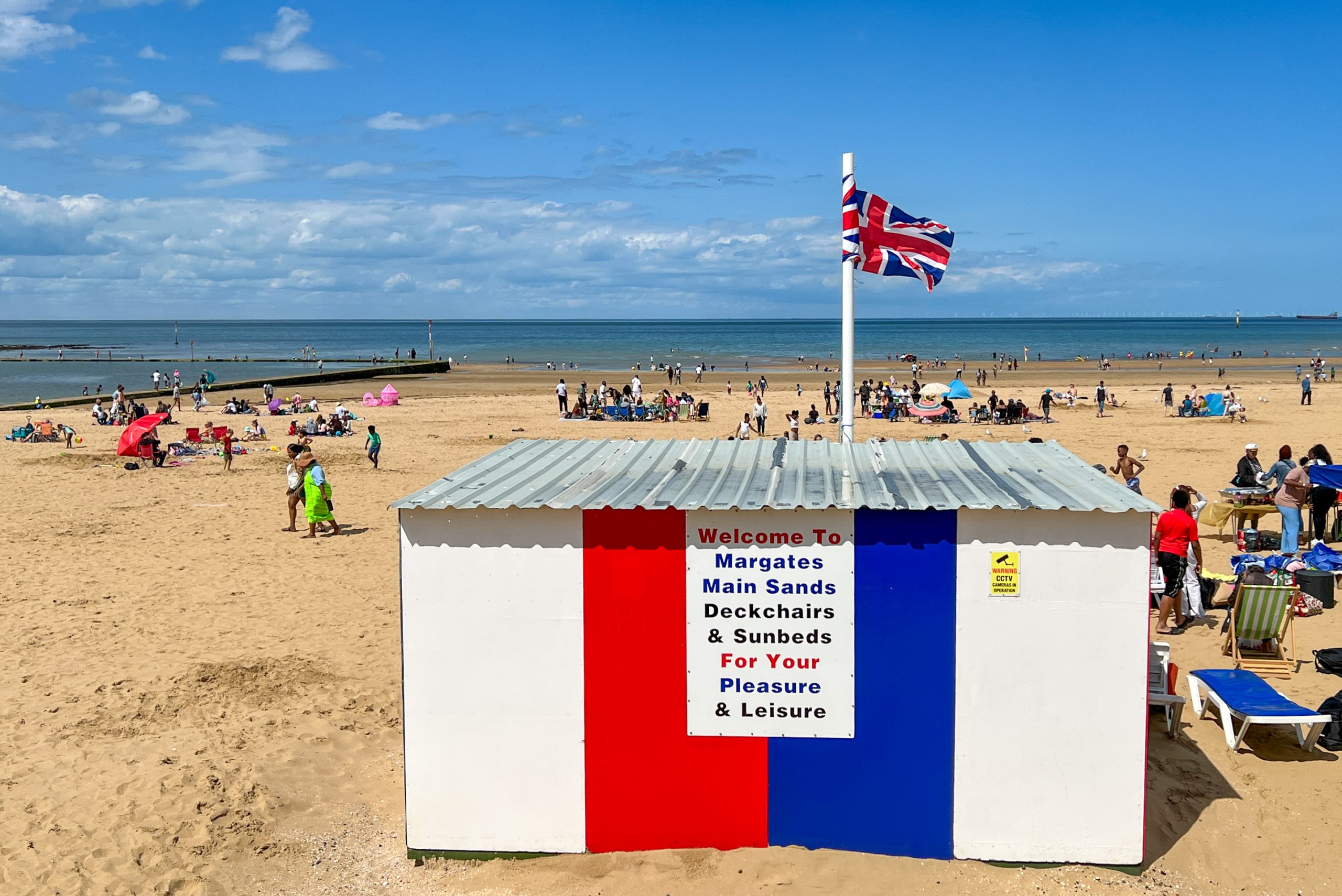
Photographs from a trip to Margate in July 2023.

